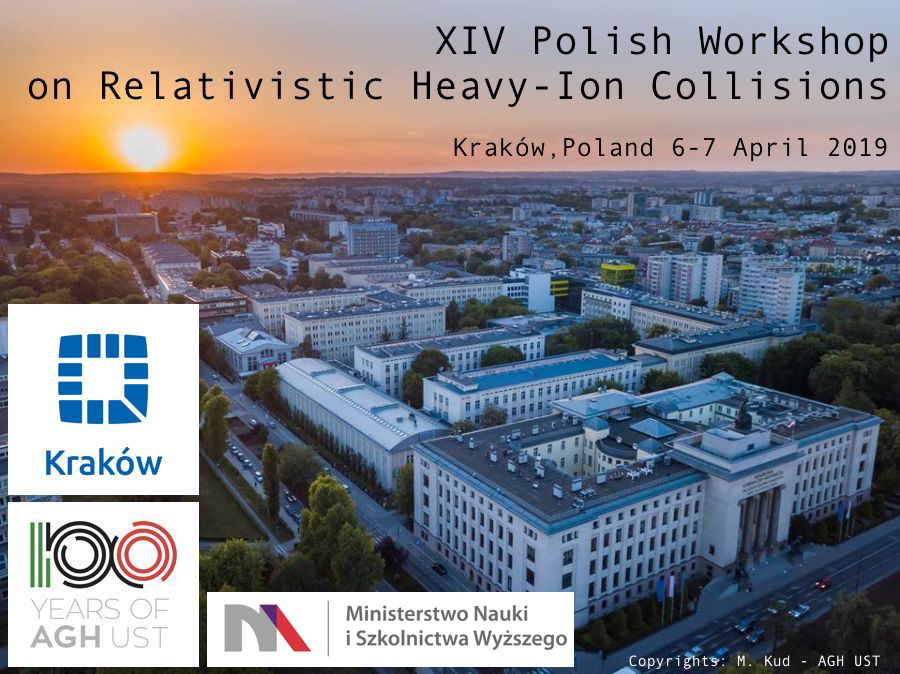Conveners
Session VII
- Grzegorz Stefanek (Jan Kochanowski University (PL))
We investigate the forward backward multiplicity correlations for PbPb and pPb at the LHC energies. We examine various variants of Glauber models with sources interpreted as strings with fluctuating end points, as well as the effect of the fluctuations from particle production. Favorable comparisons to the data from the ATLAS and ALICE collaborations are achieved.
Two-particle angular correlations are a robust tool which allows the exploration of the underlying physics phenomena of particle production in collisions of both protons and heavy ions by studying the distributions of angles in ∆η∆ϕ space (where ∆η is the pseudorapidity difference and ∆ϕ is the azimuthal angle difference between two particles). These correlations open up the possibility to...
Quantum-mechanical effects and interactions cause correlations between particles with small momentum difference that carry information about the space-time evolution of the collision system on the femtometer scale. Measurements of these effects are usually done soon after new data arrive and provide an unique input to theoretical models. Nowadays, after almost a decade of the LHC operation and...
Studying the properties of strongly interacting hot and dense medium created in heavy ion
collisions has been accomplished in part by studying the azimuthal anisotropy of particle emission
in the transverse plane, known as anisotropic flow. Flow measurements are key observable
because it reflects the viscous hydrodynamic response to the initial spatial anisotropy, produced
in the early stages...
One of the main goals of the NA61/SHINE experiment at the CERN SPS is to study properties of strongly interacting matter by a two-dimensional scan of elementary and nuclear reactions as a function of system size and collision energy. This talk presents new results on a new observable relevant for this part of the NA61/SHINE program, which is the modification of positively (negatively) charged...
